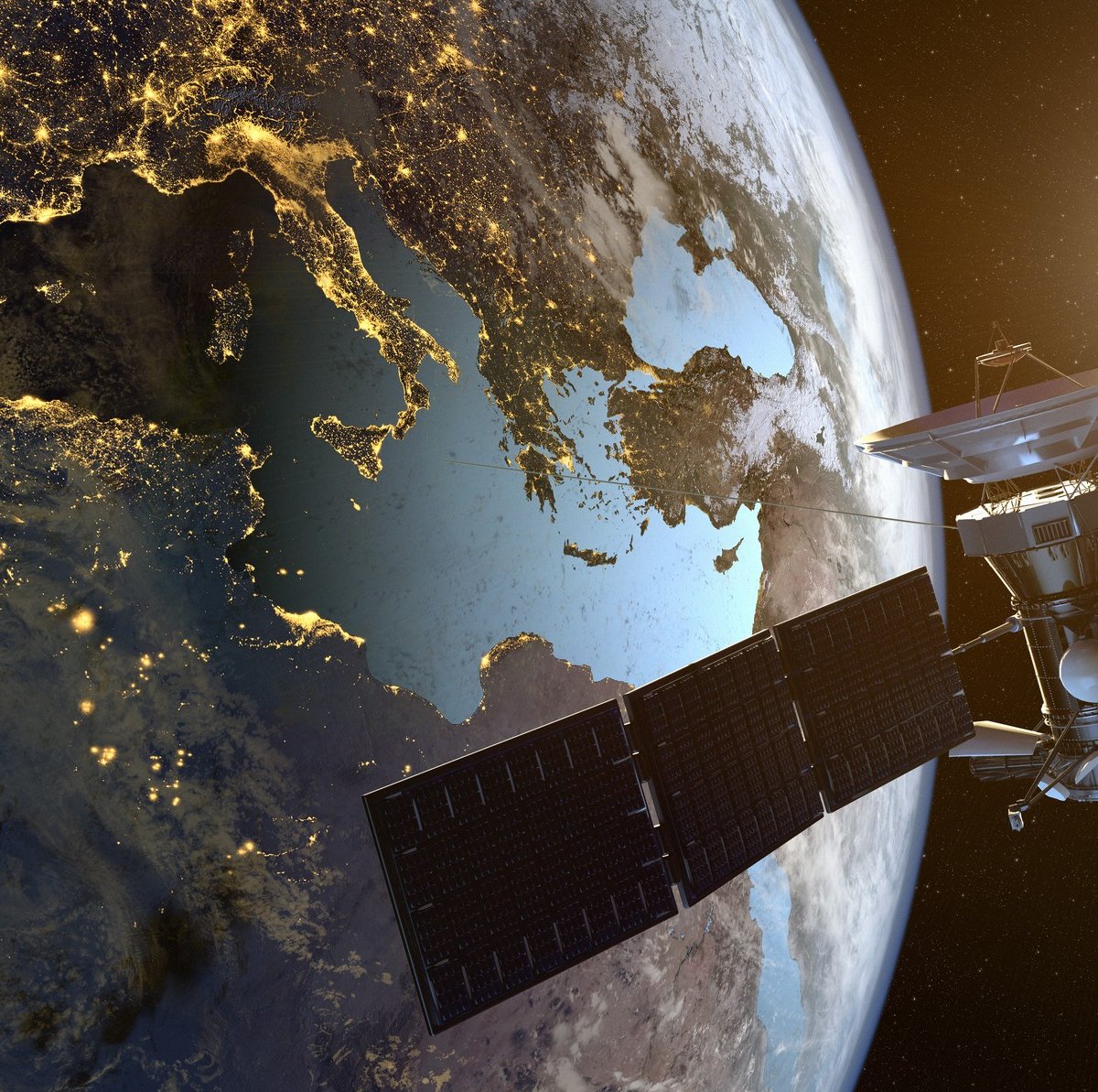Large and relatively modern, Intelsat 33e communications satellite mysteriously disintegrated in orbit on October 19It affects users in Europe, Central Africa, the Middle East and Australia. Added hitherto unexplained loss From 6.6 tonnes of trash to the growing cloud of space debris currently polluting Earth’s orbital space.
Launched in August 2016, the Boeing-designed and manufactured satellite provided broadband communications from a location 35,000 km above the Indian Ocean while traveling in a geostationary orbit around the equator.
Intelsat, one of the largest and oldest satellite communications companies on the planet, operating for 60 years, published a report stating that there was a sudden power outage at 33e on the 20th. Shortly after, US Space Force Command confirmed What The satellite broke into at least 20 pieces.
What happened to the satellite in geostationary orbit around the Earth?
sudden loss @IntelsatThe IS-33e satellite brings a new perspective to the loss of the IS-29e, also a Boeing 702MP model, in 2019. Intelsat has five more in orbit. The big difference this time: @S4S_SDA Approximately 20 pieces of debris were detected following the IS-33e’s disintegration. Space Force will alert other GEO operators. pic.twitter.com/VFozqI7AzB
— Peter B. de Selding (@pbdes) 21 October 2024
There is still no official report on what could have caused Intelsat 33e to fail, but Such events have already become a kind of routine in Earth orbit. The list includes the intentional destruction of a Chinese satellite, the collision of an American and a Russian satellite, and losses due to increased solar activity.
The truth is that Intelsat 33e has a history of problems, such as failures in its thrusters shortly after launch. Later, altitude misalignment, excessive fuel consumption, and reduced mission duration occurred. Intelsat submitted a request for $78 million. Now, After the satellite disintegrated, Intelsat announced that it was uninsured.
Intelsat 33e satellite is now just space junk
The scattering of Intelsat 33e fragments will add useless and dangerous garbage to the orbital debris floating around Earth. European Space Agency (ESA) It is estimated that there are more than 40 thousand pieces of debris larger than 10 cm and around 130 million pieces of debris smaller than 1 cm in Earth orbit today..
According to ESA’s latest Space Debris Environmental Report, the total mass of human-made space objects in orbit today is 13,000 tonnes; of this, 4,300 tonnes (one-third) are debris, mostly from rocket fairings. The biggest concern in the case of Intelsat 33e is that fragmentation produces fragments too small to be observed from Earth with current equipment.
Although a 1972 convention stipulates that the “litter owner” is responsible for monitoring or cleaning litter, in practice, this doesn’t happen. The first penalty for space debris in history was imposed only in October 2023by the US Federal Communications Commission (FCC) to satellite TV services company DISH Network.
Always stay up to date with the latest astronomy news at TecMundo. If you wish, take the opportunity to learn about the legacy of the International Space Station. Until later!
Source: Tec Mundo
I’m Blaine Morgan, an experienced journalist and writer with over 8 years of experience in the tech industry. My expertise lies in writing about technology news and trends, covering everything from cutting-edge gadgets to emerging software developments. I’ve written for several leading publications including Gadget Onus where I am an author.













